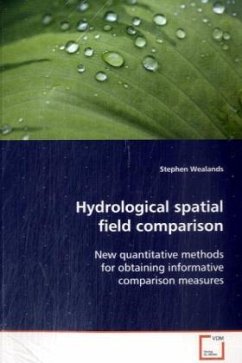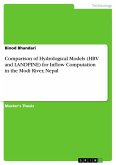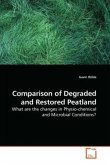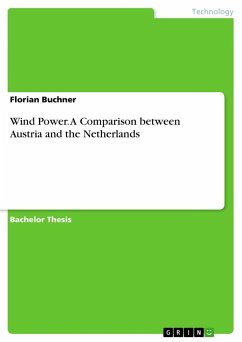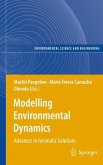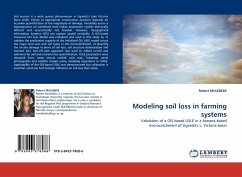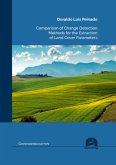This research addresses the current lack of
comprehensive, quantitative methods for comparing
hydrological spatial fields. Comparison of spatial
fields is needed for assessing hydrological models
and for data assimilation. The methods that are
currently used for quantitative comparison generally
fail to consider the spatial arrangement of element
values within spatial fields. Instead, there is a
dependence on qualitative methods (e.g. visual
comparison) to undertake comparison of many aspects
(e.g. intermediate scale features), but such methods
are non-repeatable, often biased and difficult to
report on. At present, the hydrological community
continues to develop its ability to observe and model
spatial fields, but comprehensive model assessment is
still in its infancy. The methods developed in this
research provide a new suite of tools to the modeller
and, if adopted, can significantly advance the art
and science of spatial hydrological modelling.
comprehensive, quantitative methods for comparing
hydrological spatial fields. Comparison of spatial
fields is needed for assessing hydrological models
and for data assimilation. The methods that are
currently used for quantitative comparison generally
fail to consider the spatial arrangement of element
values within spatial fields. Instead, there is a
dependence on qualitative methods (e.g. visual
comparison) to undertake comparison of many aspects
(e.g. intermediate scale features), but such methods
are non-repeatable, often biased and difficult to
report on. At present, the hydrological community
continues to develop its ability to observe and model
spatial fields, but comprehensive model assessment is
still in its infancy. The methods developed in this
research provide a new suite of tools to the modeller
and, if adopted, can significantly advance the art
and science of spatial hydrological modelling.

